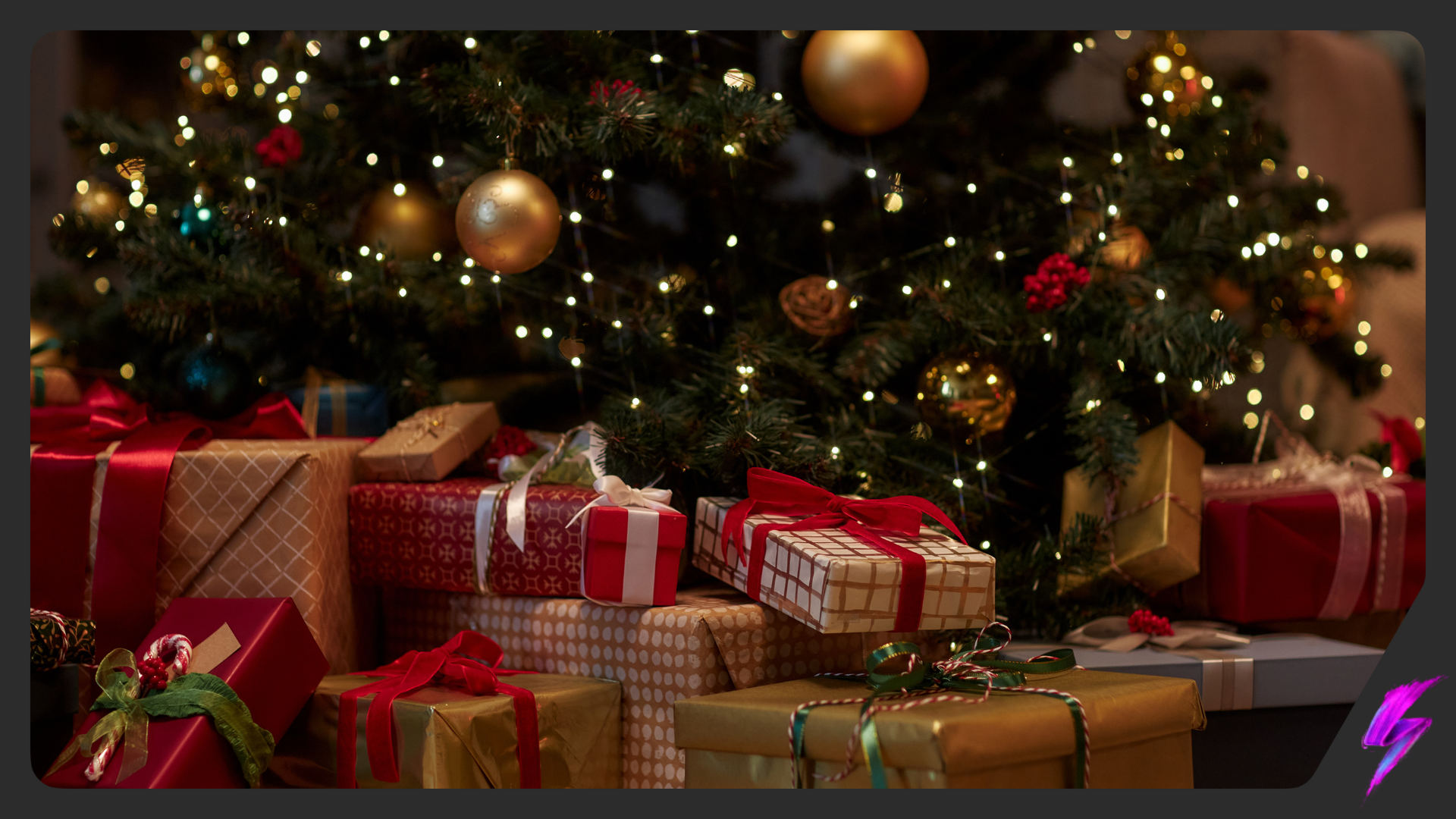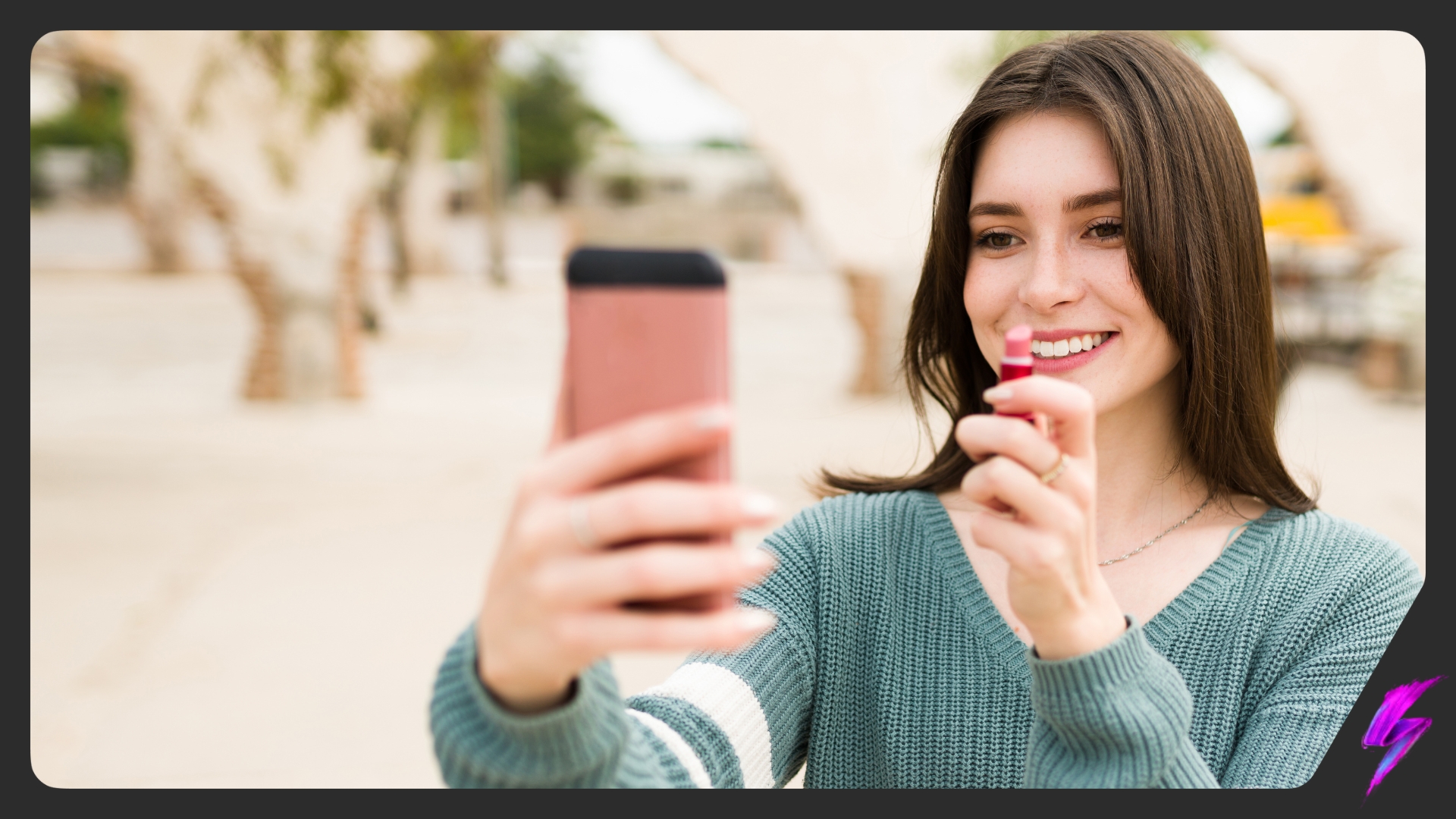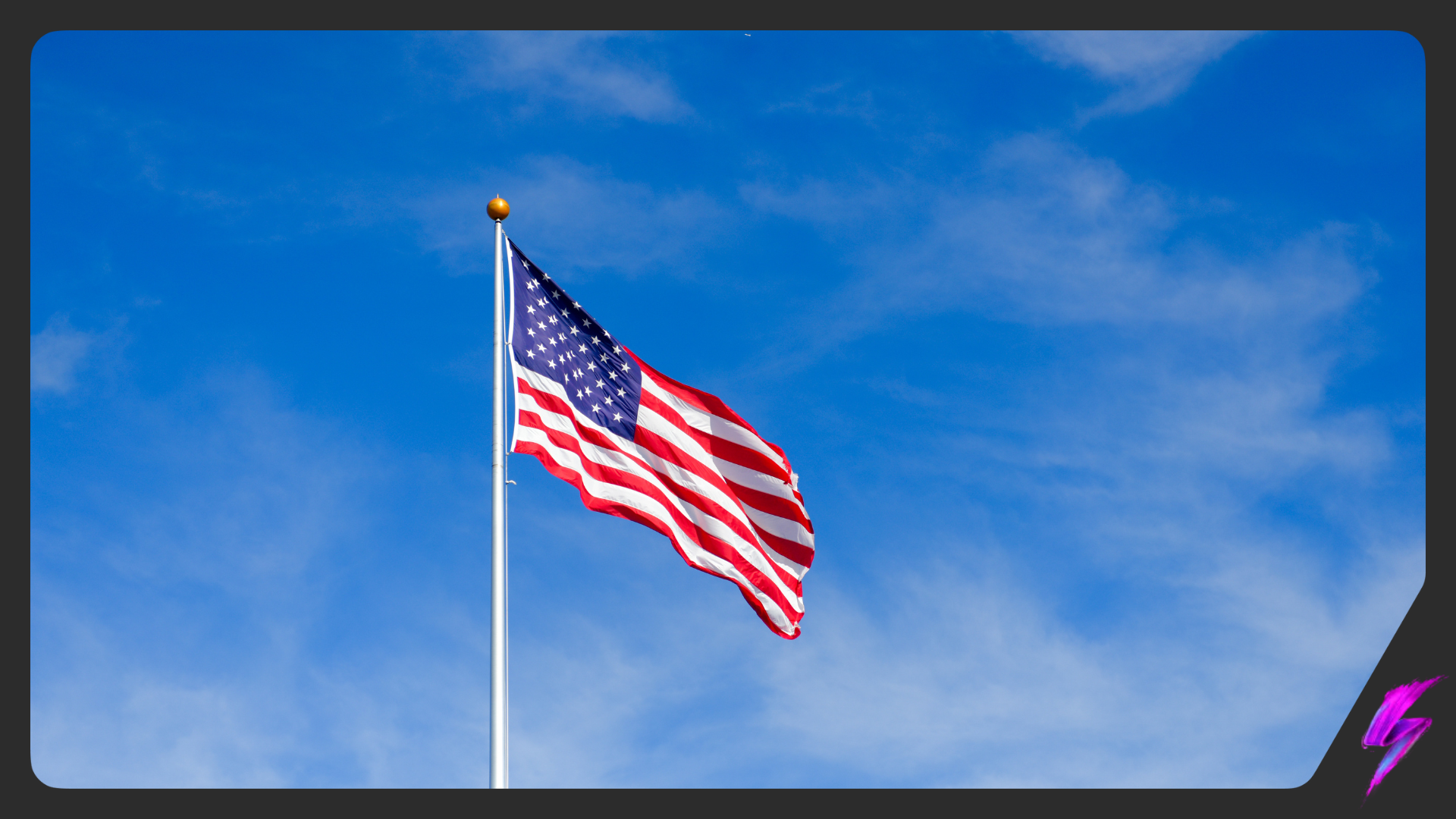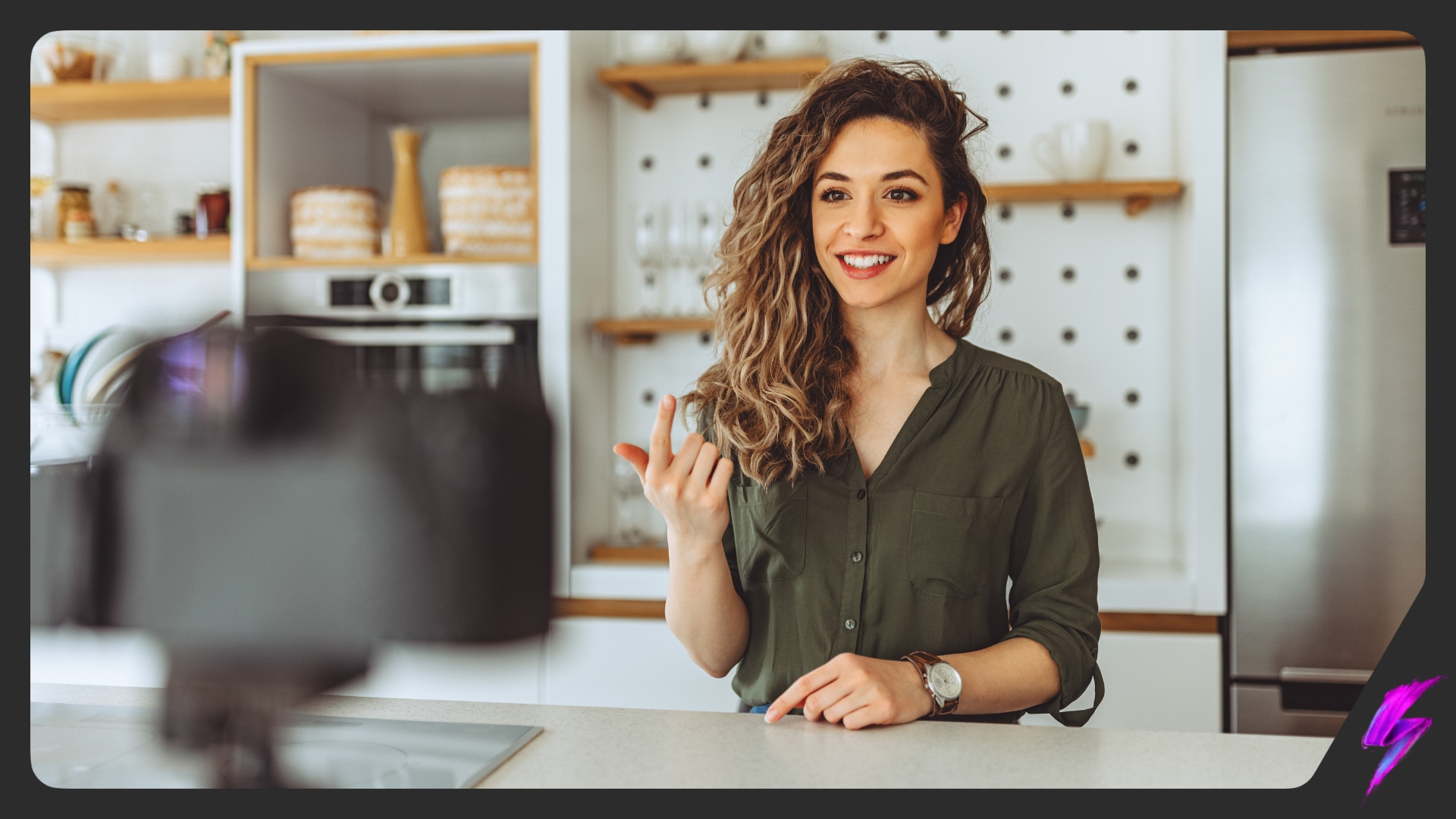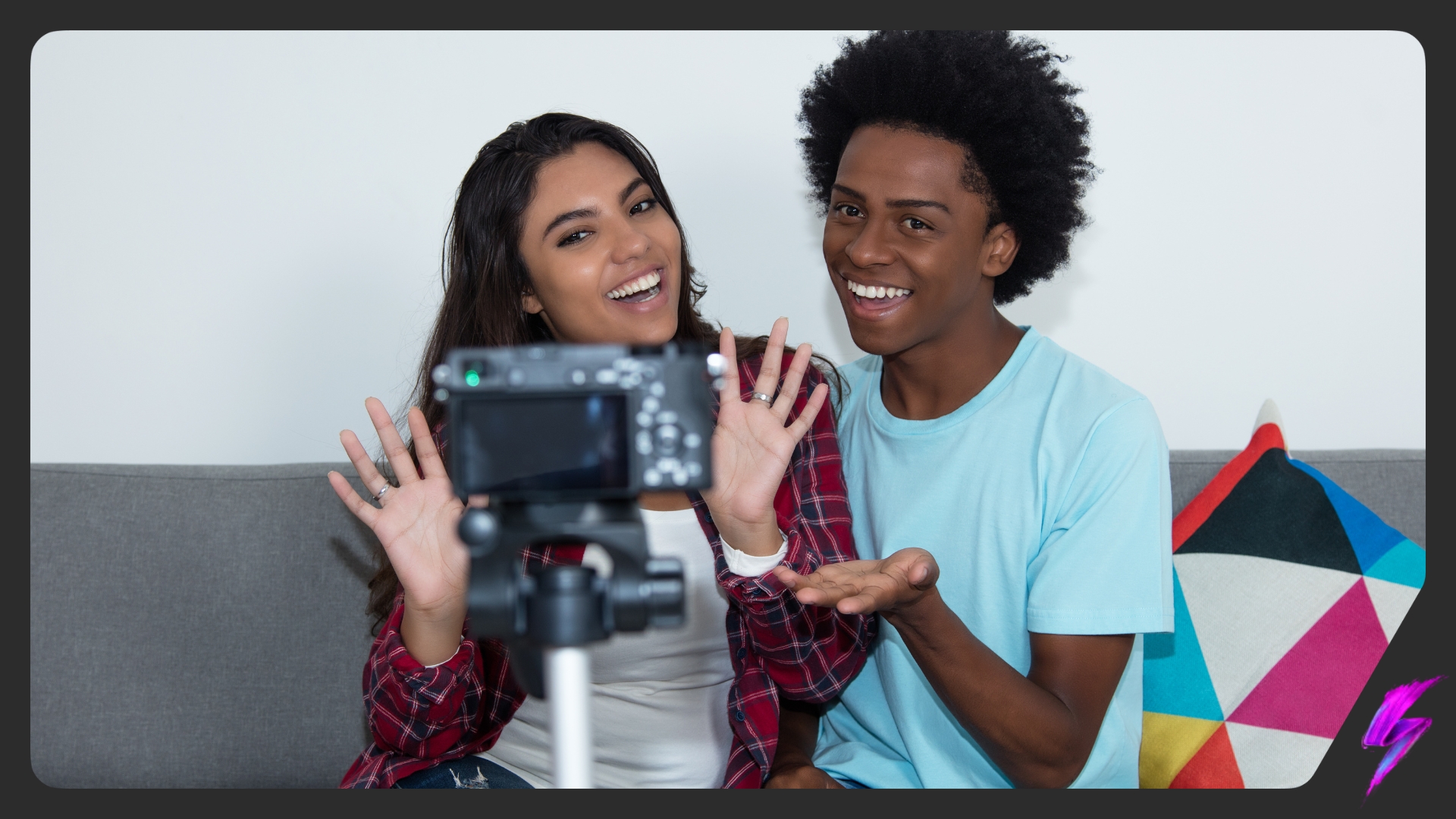From Glazed Donut Nails to Baked Bean Girl: The TikTok Effect Explained
Mar 01, 2024
Social Media Platforms
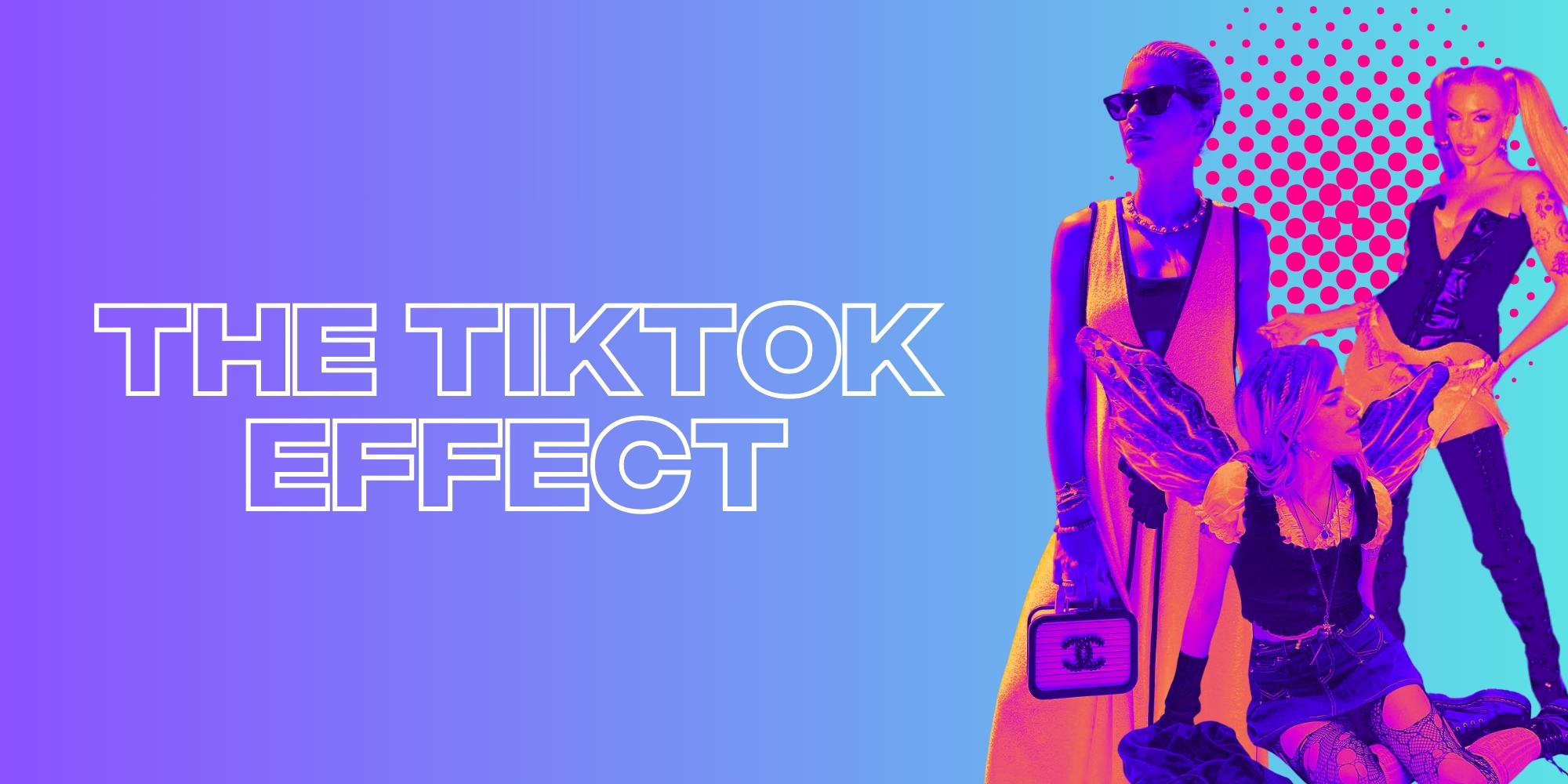
Blueberry milk nails. Latte makeup. Coastal grand daughter. These are just some of the crazily niche, incredibly popular aesthetics that have appeared on TikTok.
Known for its high speed trend cycle and peculiarly niche communities, TikTok has changed the face of trend setting and aesthetics as we know it.
Industries such as beauty and fashion that used to rule the masses, are now at the mercy of the millions of teens that rule TikTok. Trends now function at a blink and you miss it pace; and they certainly do not abide by the 20 year trend rule that governed our society for hundreds of years.
Yet, what causes these trends? How has TikTok created such a change in the fashion and beauty industries?
Moreover, is there an end to these endlessly specific aesthetics in sight?
THE TIKTOK EFFECT EXPLAINED
Type in “The TikTok Effect” into Google, and you will be shown hundreds of articles all trying to ascertain the immense impact that the app has had on our society.
Yet, what exactly is it?
The TikTok effect refers to the shortening of trend cycles and increasing amount of niche, aesthetic communities that TikTok has created. Spurred on by the pandemic, TikTok allows its users to find a community that perfectly suits their needs and tastes. Rather than feeling alone in their niche hobby or style, users have access to millions of other people that share their thoughts.
As a result, thousands of niche communities have popped up on TikTok. From dark academia to grunge fairy, no matter your aesthetic there’s a community for you. This, in turn, leads to even more communities popping up. Subcultures upon subcultures appear, filling our for you pages with exponentially niche aesthetics.
Given the bottleneck nature of TikTok, these aesthetics quickly turn into full blown trends. Brands respond to these trends by creating products that fit and cater to consumers desires. In this manner, trends now work bottom up. This is a stark contrast from the ways of years past, wherein trends were defined by fashion executives at the top, and fed down to consumers at the bottom.
@mossy_socks there’s nothing like whimsical mysticism to mix in with your “grunge” looks! fairygrunge, everybody 🗝️🦷🌲 #fairygrunge #forestcore #earthtones #aesthetic #darkacademia #adventurecore #cryptid #cryptidcore #gremlincore #vintage #vintageclothing #grungeaesthetic #vintagestyle #alternativefashion #aestheticfashion
Moreover, TikTok has allowed us to gain a better understanding of trends on the whole. This, combined with the sheer number of trends being born every day on the app, have caused the trend cycle to greatly shorten.
The trend cycle is now faster than ever, and filled with microtrends. The term microtrends refers to trends that are only popular for a brief amount of time, such as that one week where everyone wanted blueberry milk nails.
Thus, TikTok’s increasingly broad reach, and high speed creation of aesthetics and trends, have allowed it to shorten the trend cycle.
Another major component of the TikTok effect is the expansion of aesthetics into lifestyles.
These days, it is not enough to simply enjoy an aesthetic. It must occupy your entire lifestyle, personality and more. You don’t like wearing linen, you’re a coastal grandma. With this, comes a way of acting, a way of doing your hair, your nails, your makeup. Aesthetics are now more akin to character studies, with users selecting a new way to live their lives every few months.
For brands, this is fantastic.
Users seek out makeovers to fit their new aesthetic, needing new products from head to toe. Many brands have taken to joining in on the trend conversation on TikTok, in order to cater directly to users. Brands such as Nudestix, for example, use TikTok to join in on popular trends and show how their products can aid users in achieving the aesthetic of their dreams.
THE IMPLICATIONS OF THE TIKTOK EFFECT
So, why talk about it? If the TikTok effect is great for business, what’s the issue?
There are three major reasons why the TikTok effect is a hot topic of conversation; it has a negative environmental impact, it changes the way brands market, and it has a healthy anti-movement that is picking up steam.
Environmental Impact
@overcoming_overspending Let me #deinfluence you by sharing a realization that transformed my spending habits 💵 #overconsumption #impulsebuying #overspendingmoney #shoppingaddict #moneycoachforwomen #moneymindsetcoach
One major critique of the TikTok effect is its impact on the environment.
By shortening trend cycles, TikTok is increasing user consumption. Users want more products and they want them faster. With so many trends to keep up with, many consumers have taken to quickly purchasing items off of fast fashion websites such as Shein in order to stay in style.
This issue was highlighted over the summer, when Barbie-core tore through society. Consumers bought millions of dollars worth of Barbie merchandise, pink cowboy hats, and other Barbie-esque items. By the next month when the Barbie fever had died down, much of these products had ended up in the rubbish.
The TikTok effect encourages users to over-consume, pressuring the public into making impulse buys and lots of them. As such, many environmental advocates are incredibly critical of TikTok’s trend cycle. Many creators have taken to using their platform to urge their followers to resist the urge to jump on every microtrend that pops up, and instead stick to an aesthetic that is truly them.
Impact on marketing
@elfyeah our brushes have many talents 💅 ⬇️ ✨ Eyebrow Duo Brush: perf for blending 🤌 Small Smudge Brush: great for tiny details 🙌 Small Precision Brush: targeted application and cleanup #elfcosmetics #eyeslipsface #elfingamazing #crueltyfree #vegan
As mentioned previously, brands have adapted a totally new way of marketing in the era of TikTok.
In order to cater to their audiences more effectively, many brands have taken to using their TikTok accounts to join in on trends. Companies such as ASOS and E.L.F use their TikTok to highlight how users can achieve that perfect glazed donut makeup look using their products.
Yet, staying on top of trends and being a part of the TikTok conversation is no easy task. Many brands dedicate enormous chunks of time to trying to identify TikTok trends and how they can tap into them. Nudestix famously have a weekly TrendToks meeting, where they search through TikTok trends and determine how they can participate. Nudestix has even gone as far as to create product bundles labelled after aesthetics; clean girl and Y2K are just some of the aesthetics that the brand has played into.
Ultimately, marketing in the TikTok era is a completely new ball game. Staying on trend is an uphill battle, with microtrends popping up seemingly every second.
Yet, it is a necessary fight if brands wish to stay relevant in their target audience’s minds.
Going against the TikTok effect
@biryanibby_ #stitch with @whowhatwear
With anything popular, there is always a crowd of naysayers. For the TikTok effect, this is the anti-aesthetic community.
Spurred on by the desire to inflict positive environmental change, or free users from the shackles of their Hailey Beiber obsession, those opposed to the TikTok effect are vehemently trying to enact its demise.
For those in this community, the TikTok effect is rooted in capitalism. Names such as latte makeup and tomato girl summer are all simple marketing tactics created to entice consumers to make purchases. The deepening of aesthetics into lifestyles and personalities is also for this purpose.
The anti-aesthetic crowd dreams of a future where people wear what they like, rather than defining themselves to a trendy aesthetic. A future where Sofia Richie’s nail colour isn’t dubbed a food-related name and touted out across the internet as the must have nail varnish of the Summer. A future where trends are not rooted in class or race; we are looking at you clean girl.
Terms such as weird-girl and anti-girl are attributed to followers of this belief. Trends like rat girl summer and even mob wife, whilst they are still aesthetics, are born of this desire to reject the rich, feminine, white, ideal that rules popular trends.
This is the same line of thinking that led many to reject popular social media platforms and pledge their devotion to BeReal. This desire for authenticity, for a lack of obvious brand marketing, for a space free of buzzwords and endless #trends, is what pushed BeReal to such widespread popularity.
Yet, BeReal failed. Trends like clean girl persist. Consumers cry out for authenticity, but tire of it within months.
So, what do consumers really want?
ARE CONSUMERS FOR OR AGAINST THE TIKTOK EFFECT?
@michellekhxn Finally perfected glazed donut nails 🍩💅🏽✨ Fall nail inspo next? 🤎 #haileybiebernails #glazeddonutnails #diynails #chromenails #fallnails
Consumers have been preaching a desire for authenticity for decades.
Users are continually vocal about their disdain for the fake, filter induced beauty that we see on social media. Apps such as BeReal, and creators such as Emma Chamberlain, play into this desire and have found incredible popularity as a result.
However, it seems that no matter how hard these pro-authenticity preachers try, users always fall back on what they know. Stone cold fakeness.
Users left BeReal in droves after they became tired of its everyday normalcy. It eventually became just like the apps it swore to be against, due to users continuing their habits of posing for photos and planning out shots.
The present battle between clean girl aesthetics (coastal granddaughter, tomato girl, it-girl etc.) versus anti-aesthetics (weird-girl, rat-girl, bimbo core etc.) is further evidence of consumers being unable to decide on how much authenticity they really want.
So, who will win in the end? The Haily Bieber fever girls or the anti-trend girls?
Unfortunately, we don’t have an answer. It is likely that this battle will continue for years, in many different formats.
Yet, one thing remains clear: understanding that consumer’s wants and needs shift is the key to successful marketing.
Our influencer marketing agency and social agency are located worldwide, with our agency network based in the USA, UK, UAE and China.
If you want to find industry insights, visit our influencer marketing and social media blogs.
@sociallypowerful
Social And Influencer Marketing News + Insights
Get in touch
We'll show you how to start powerful conversation, drive social engagement, build your brand, hit sales targets or meet other goals you have, wherever you are in the world.
Work with us
